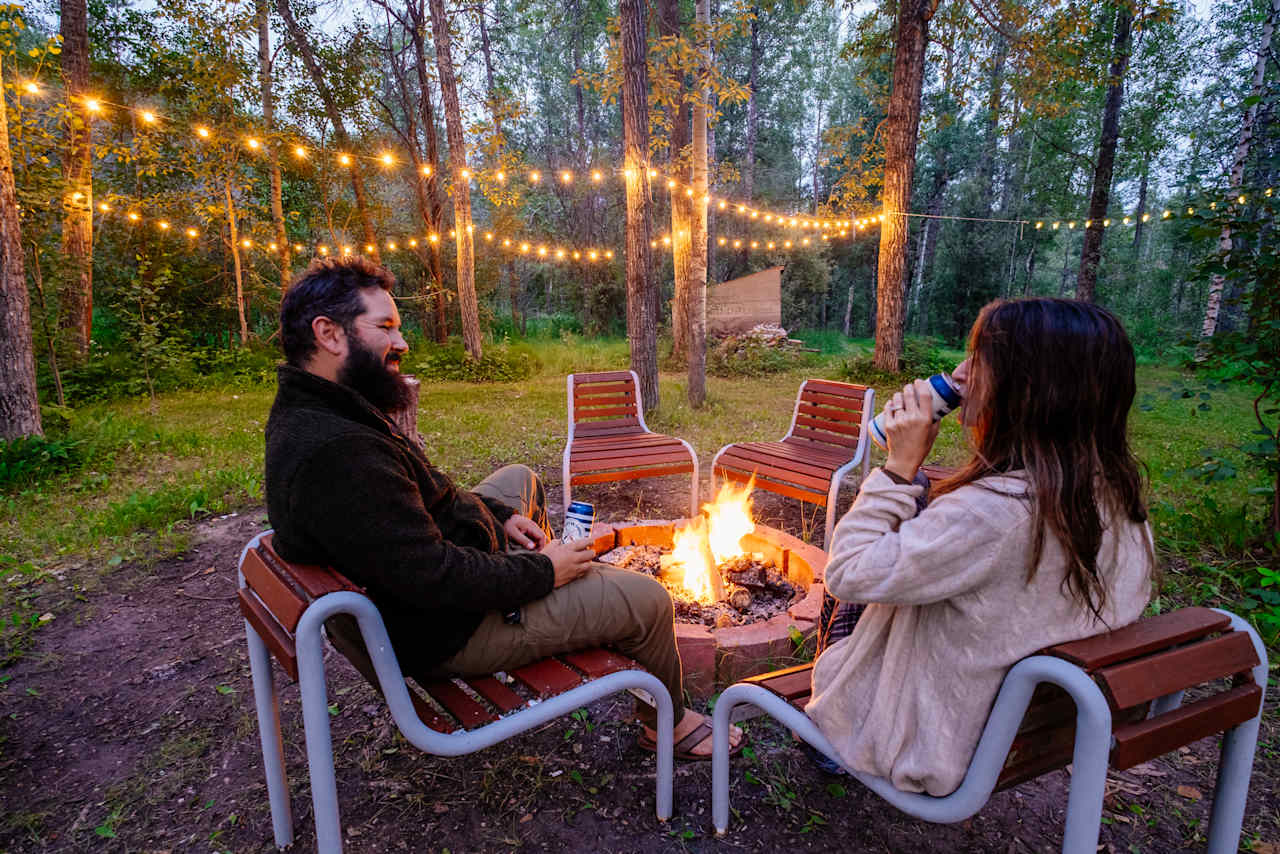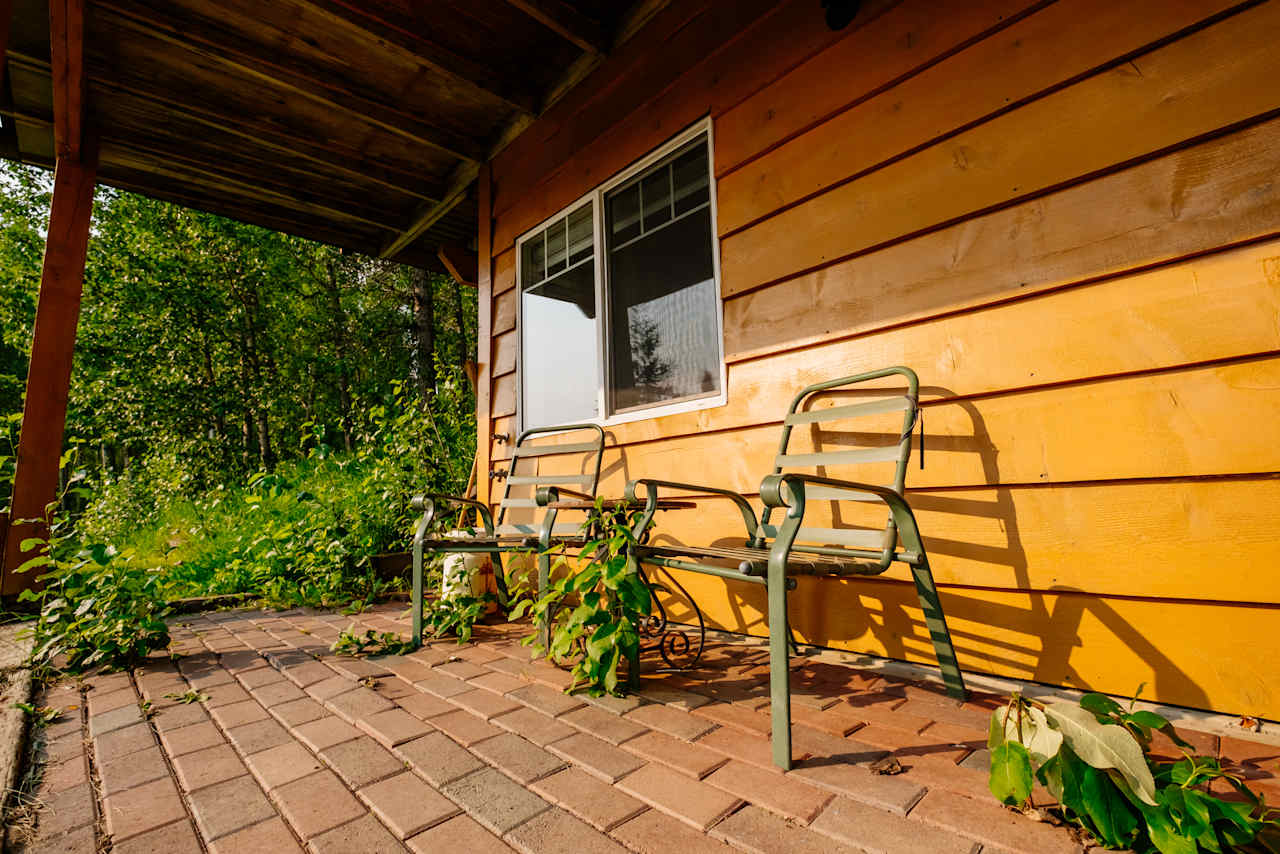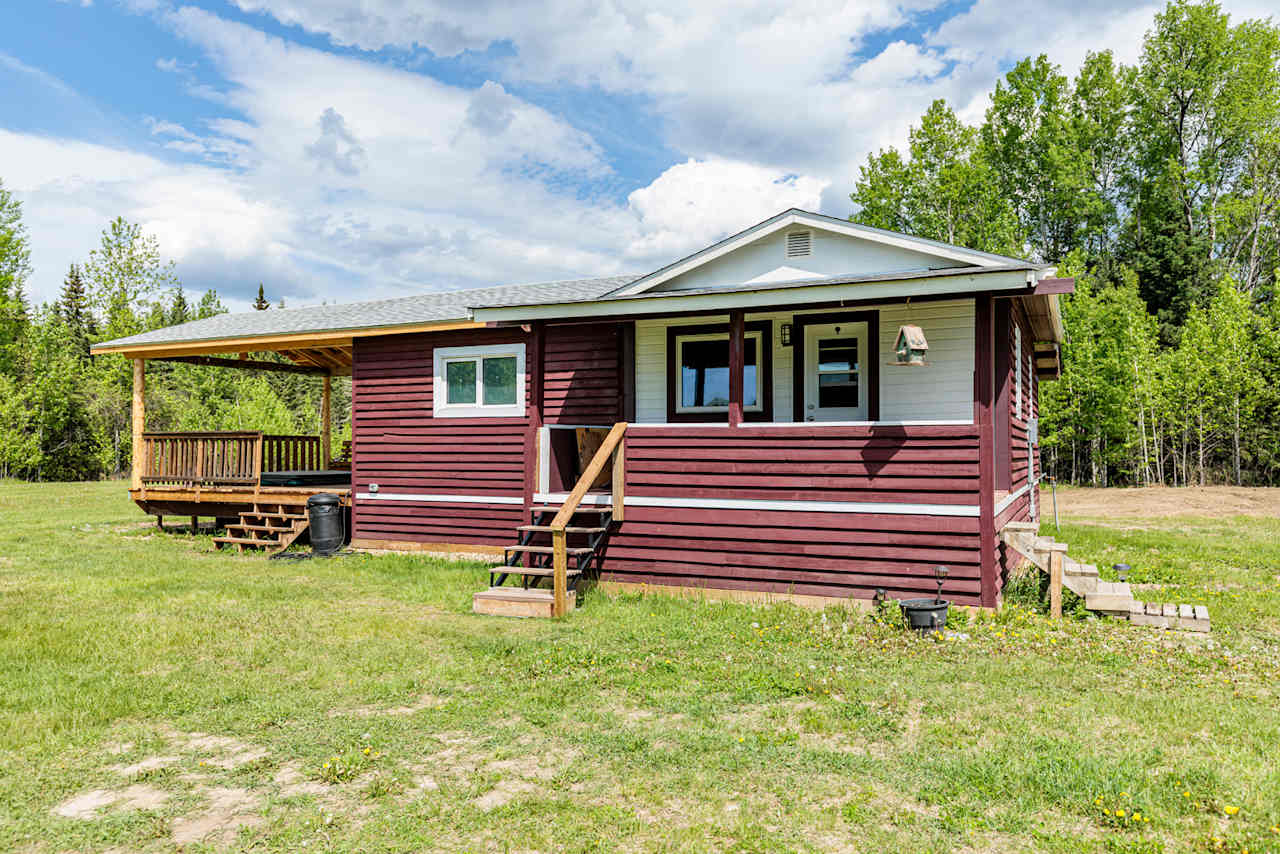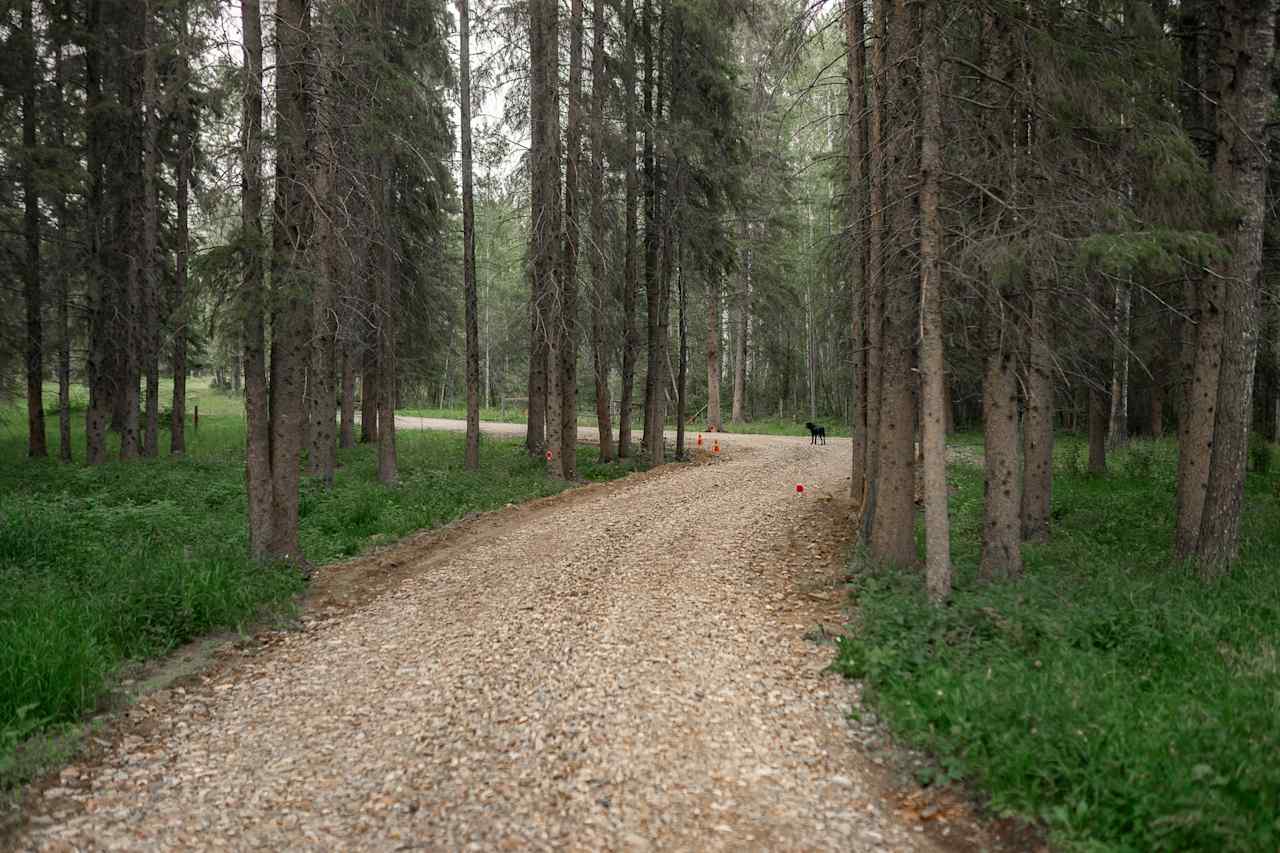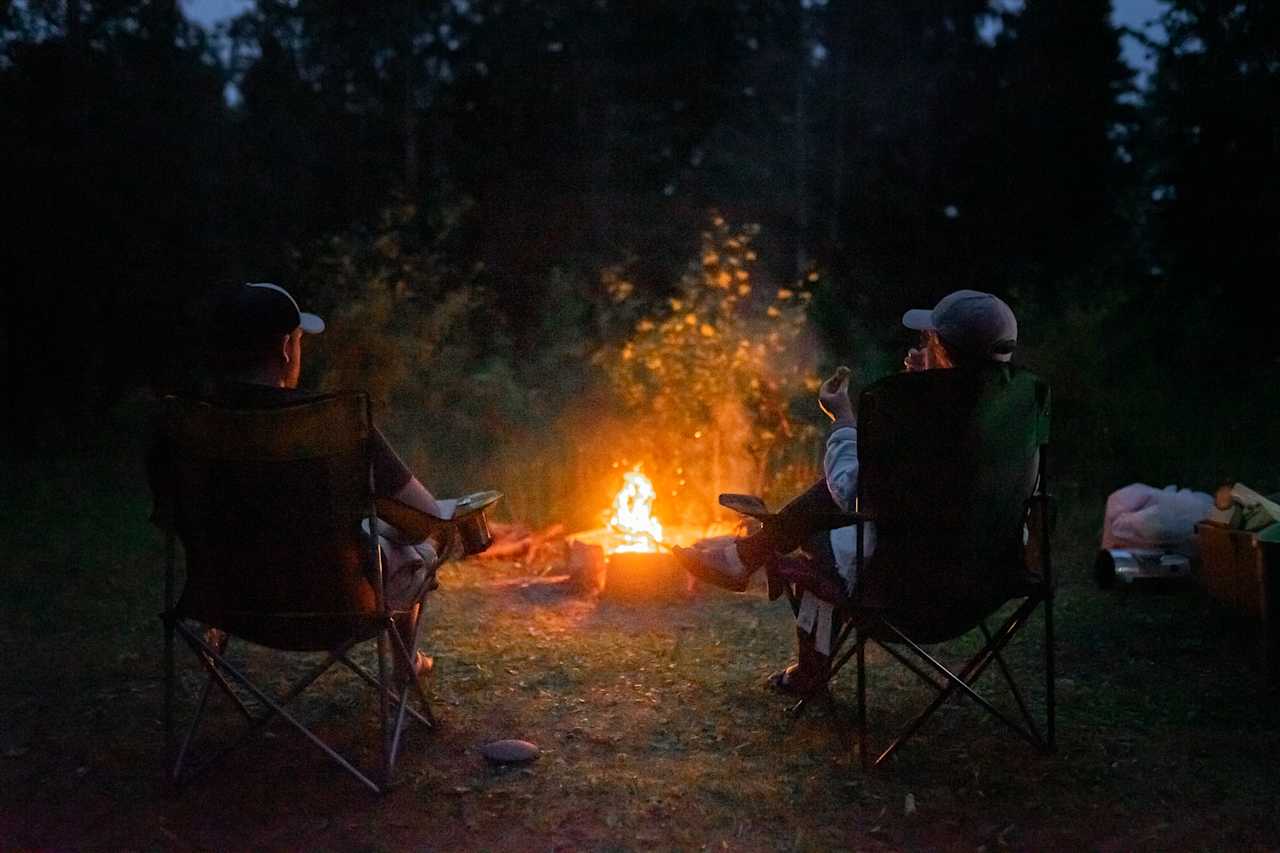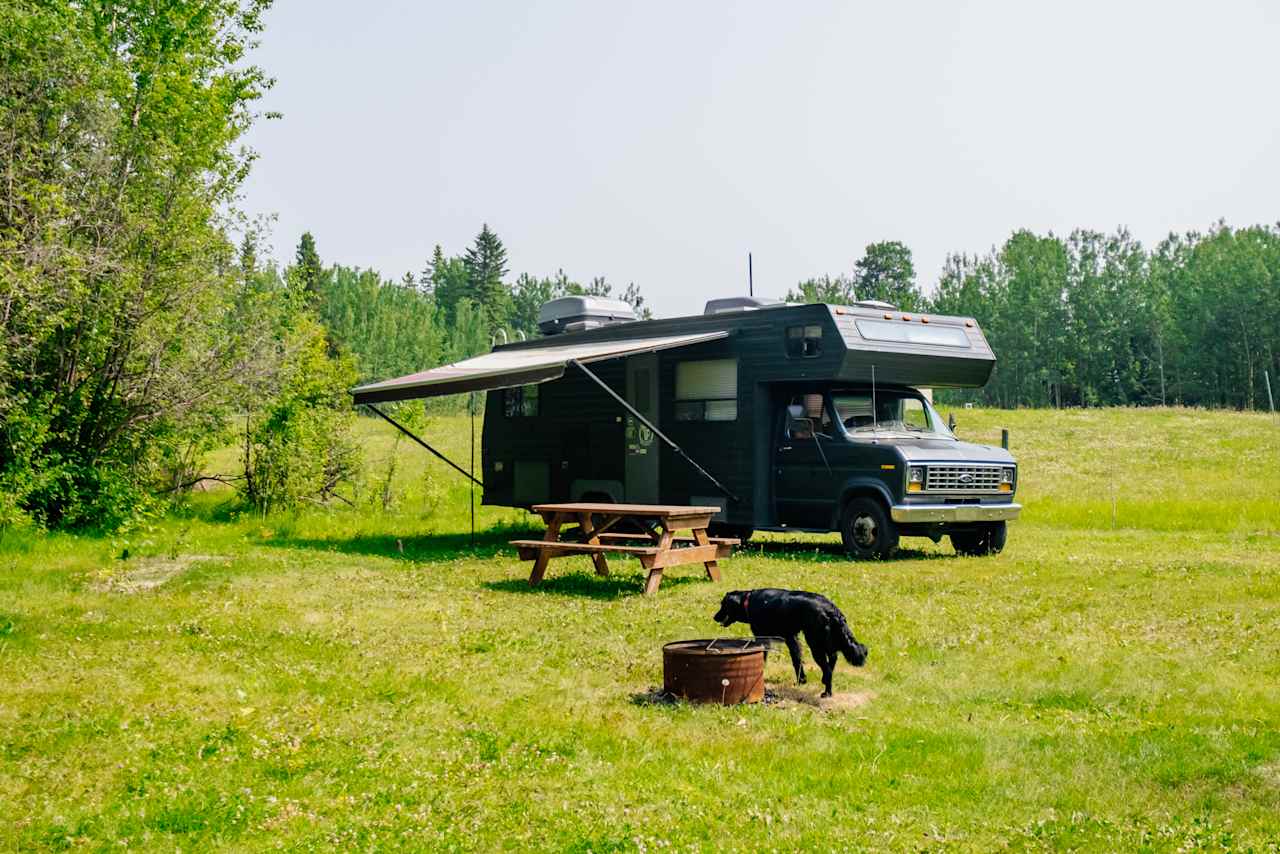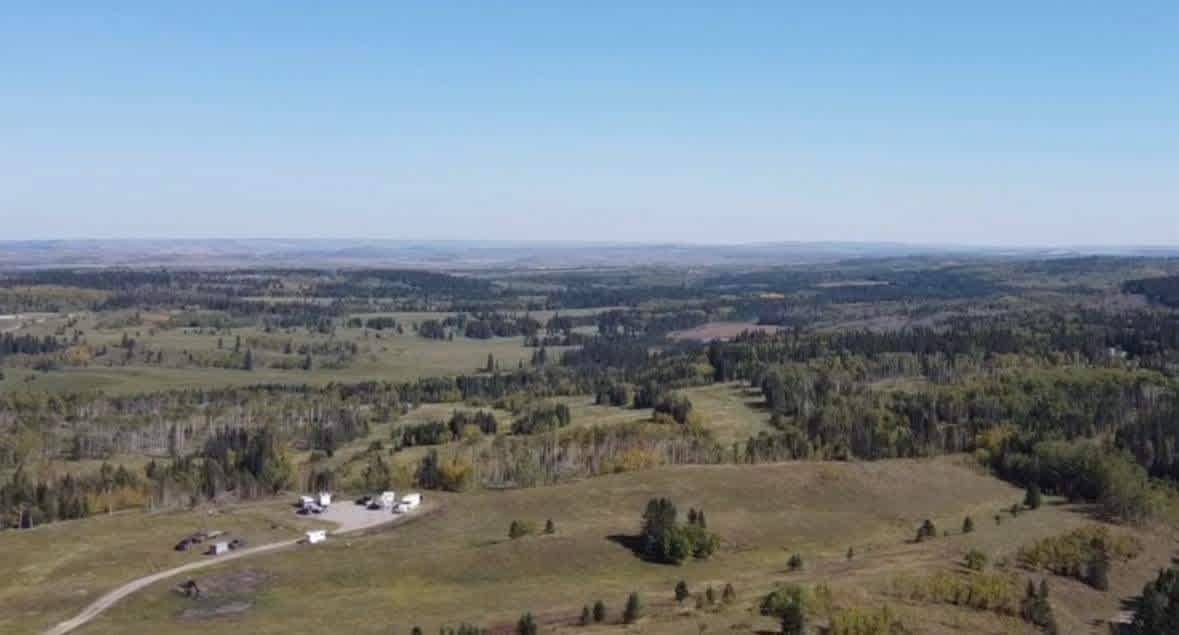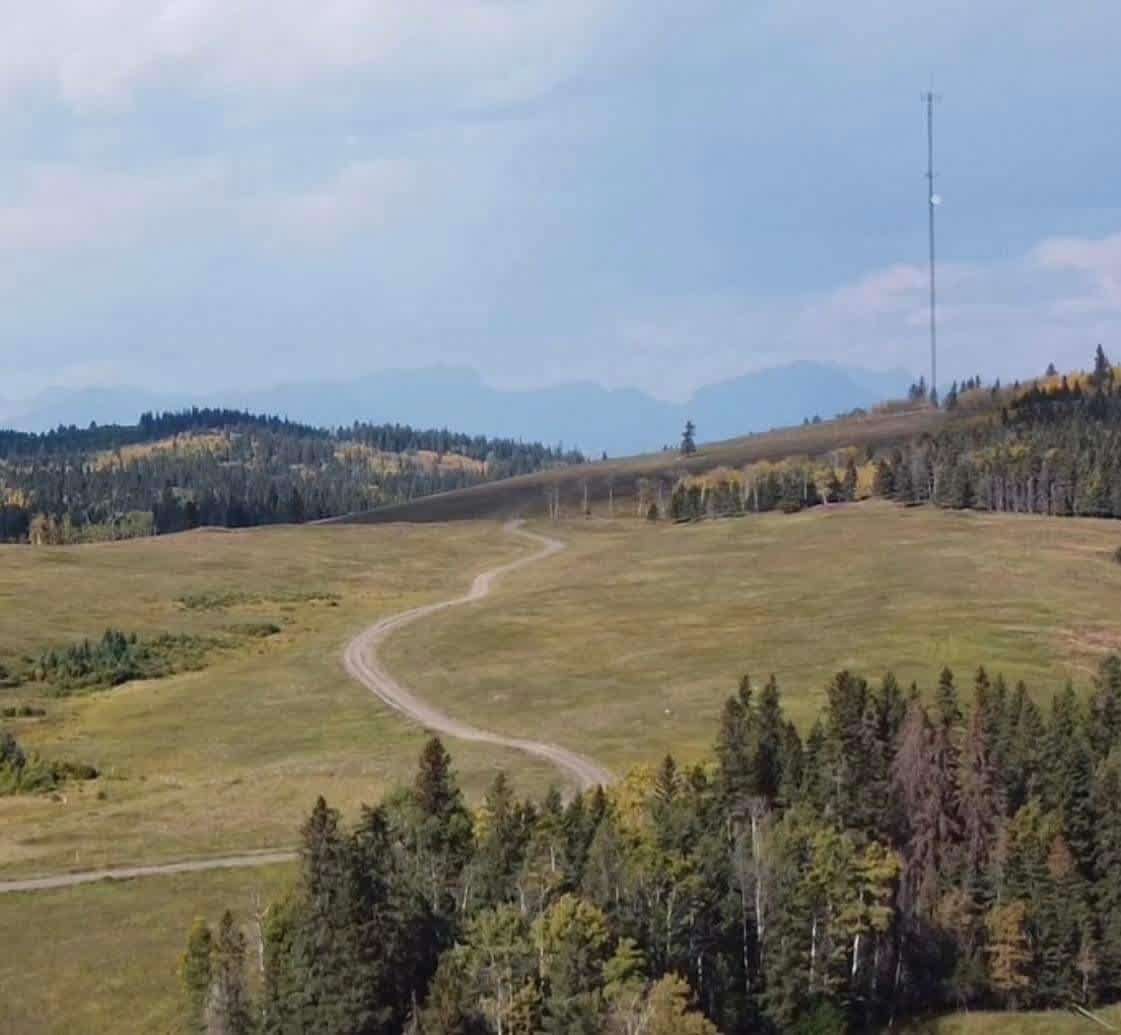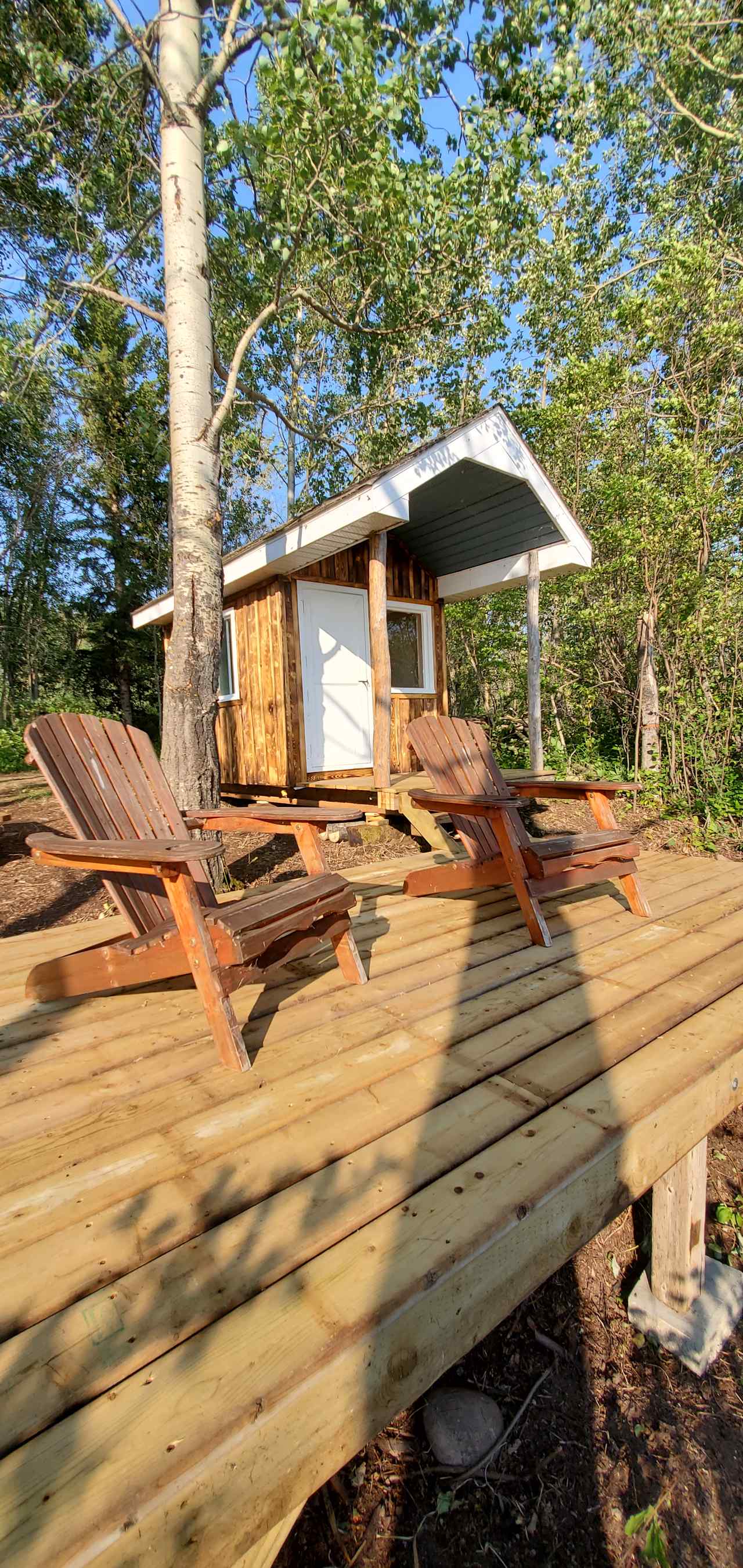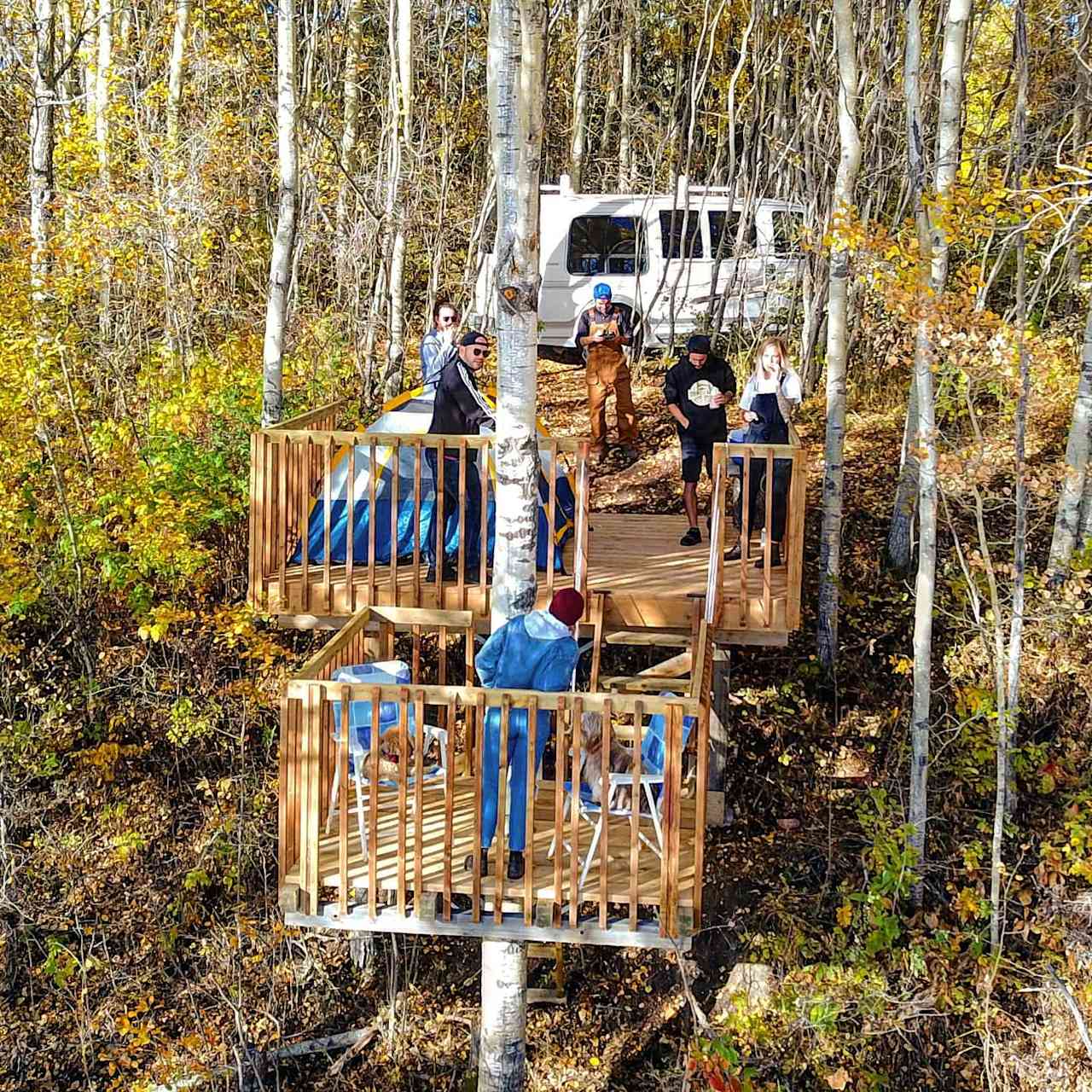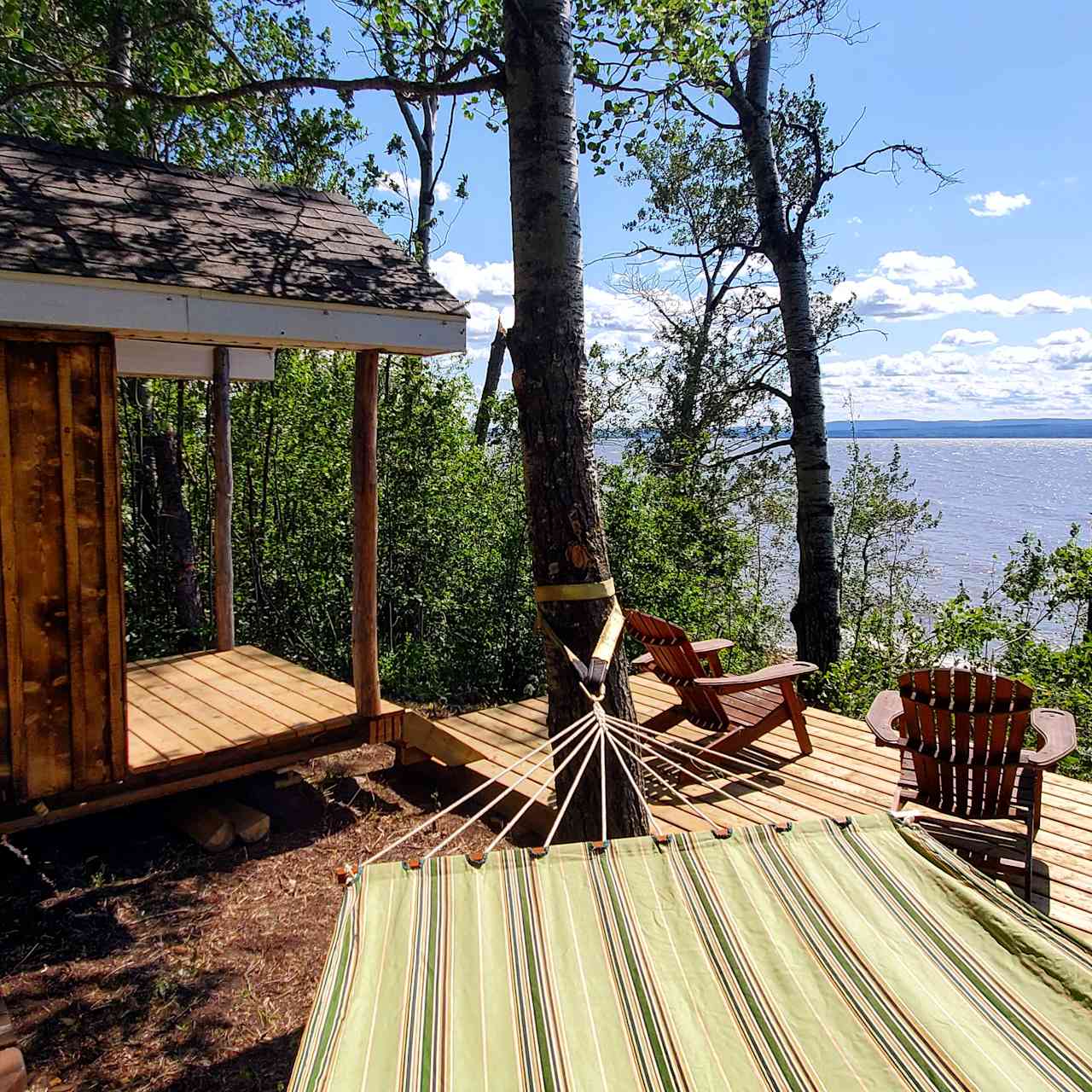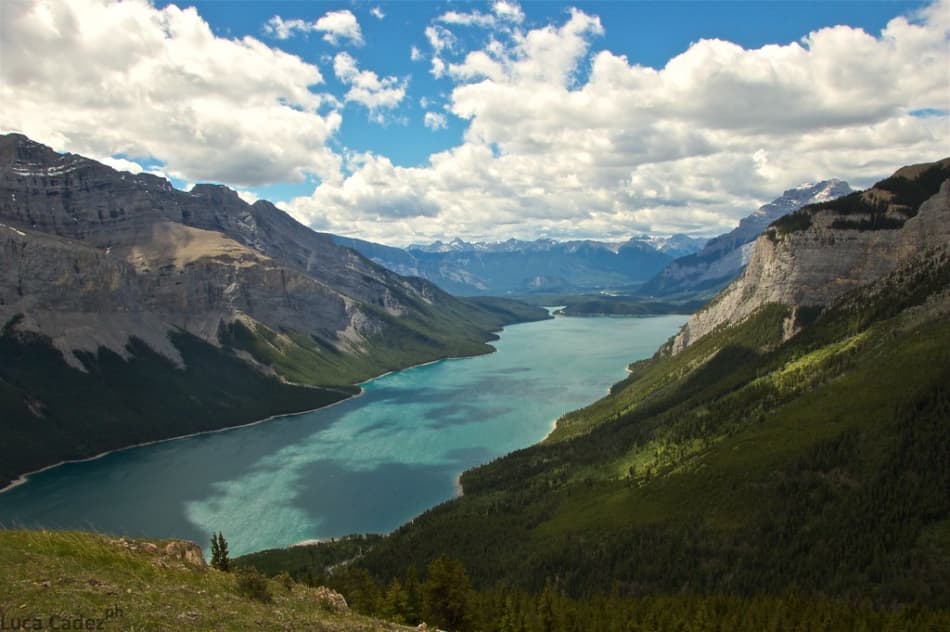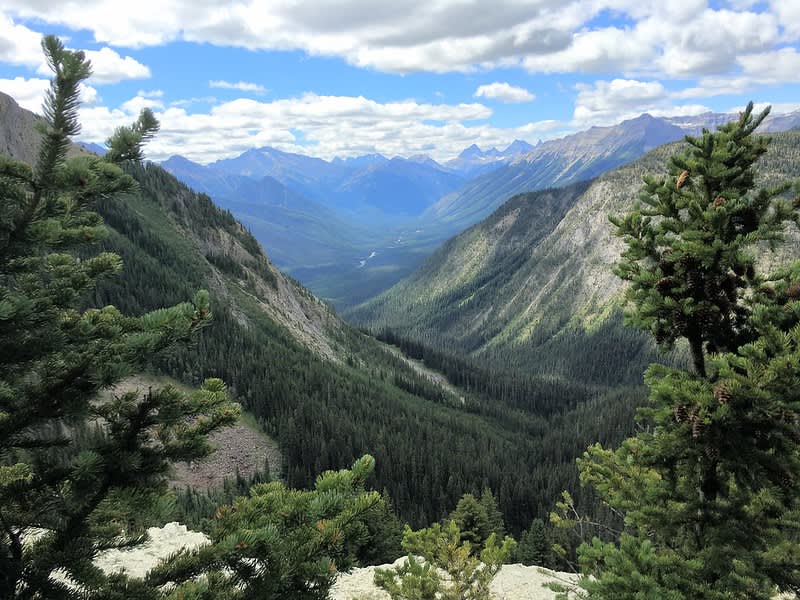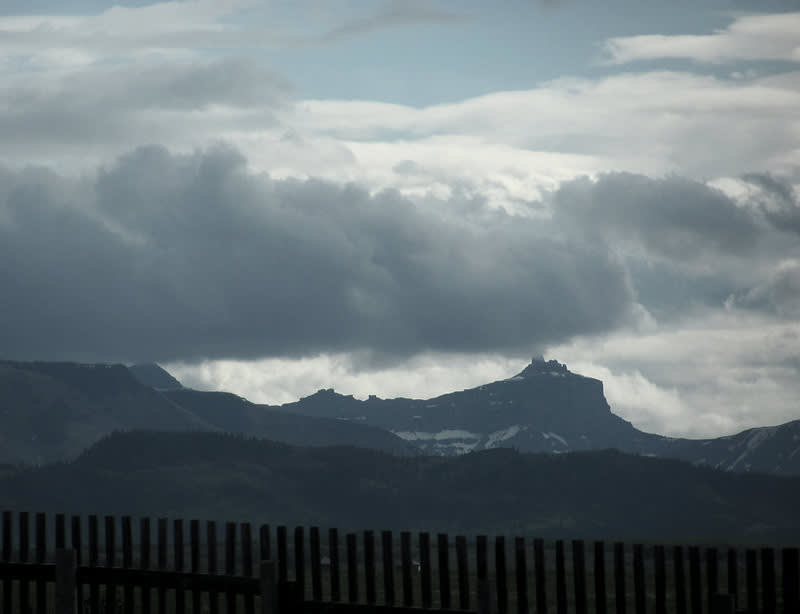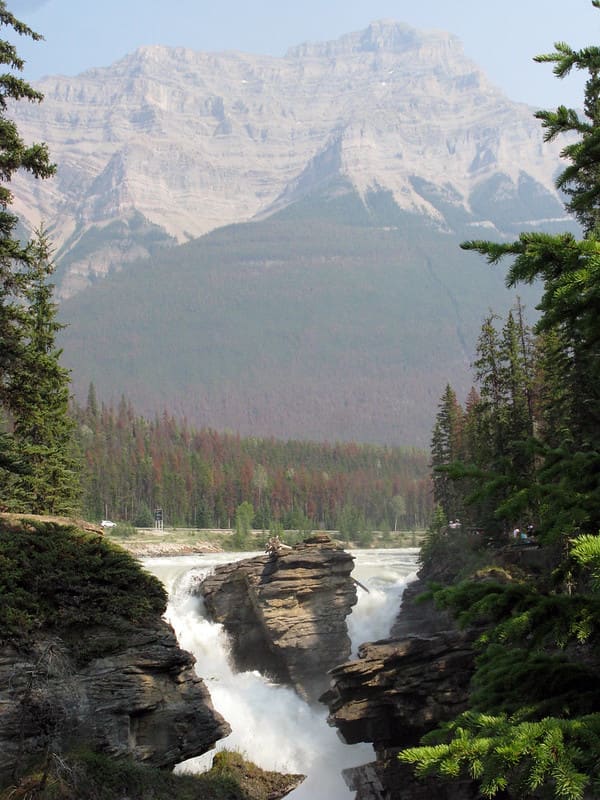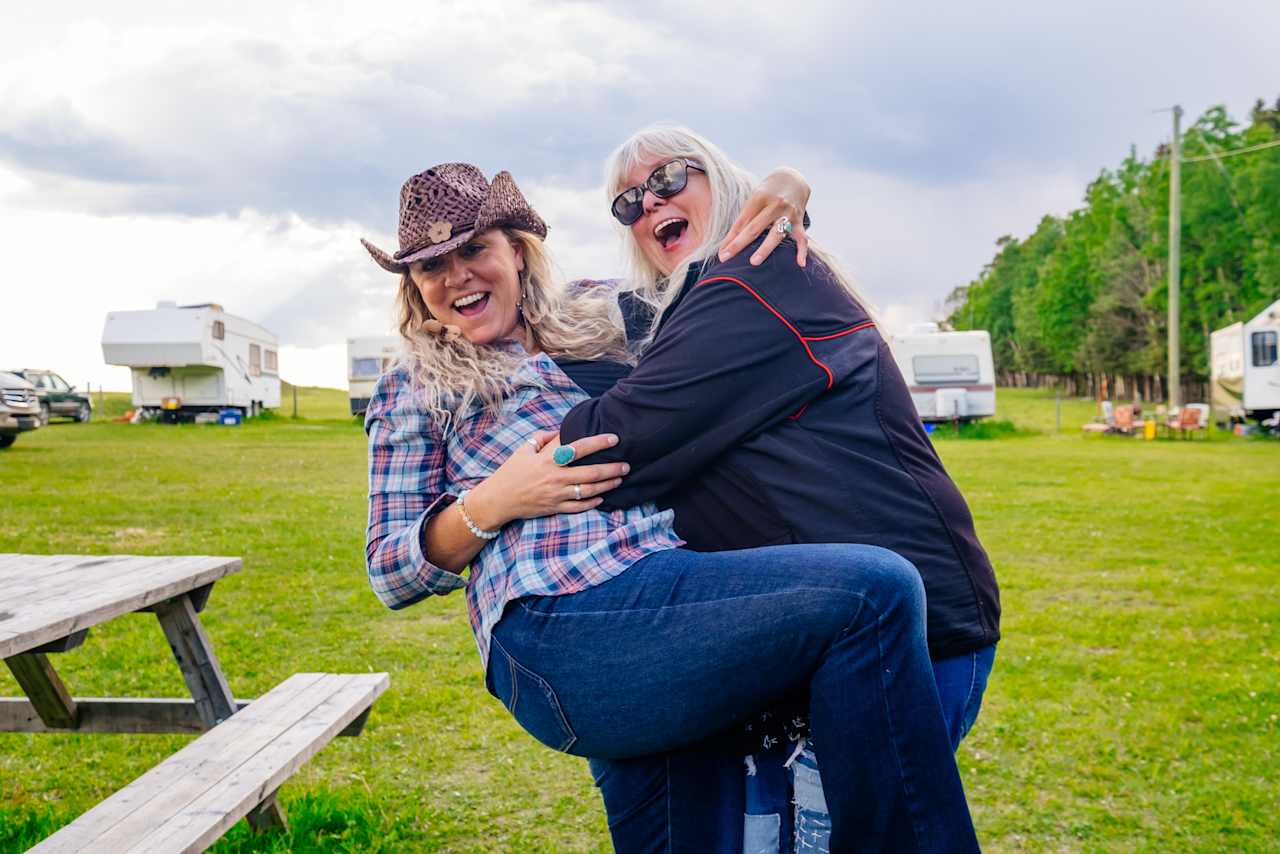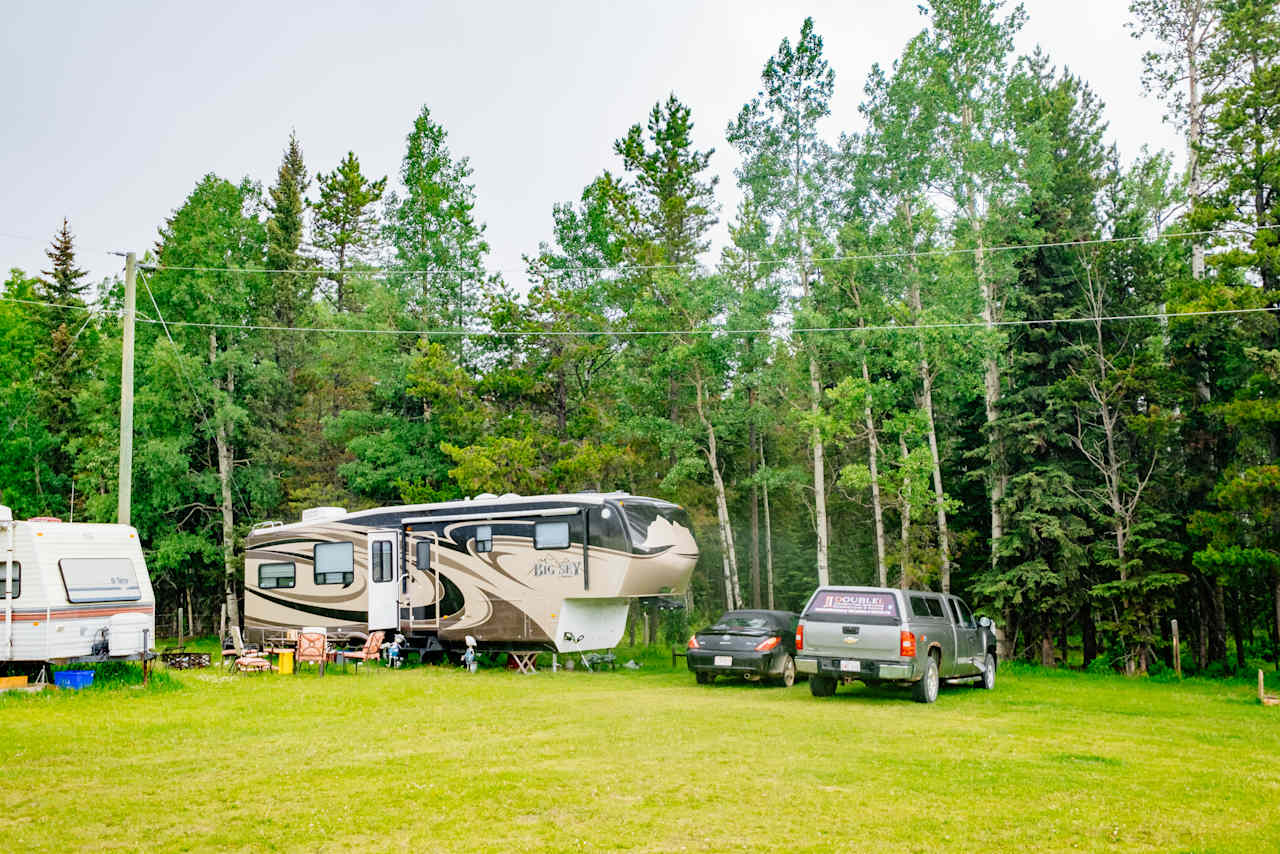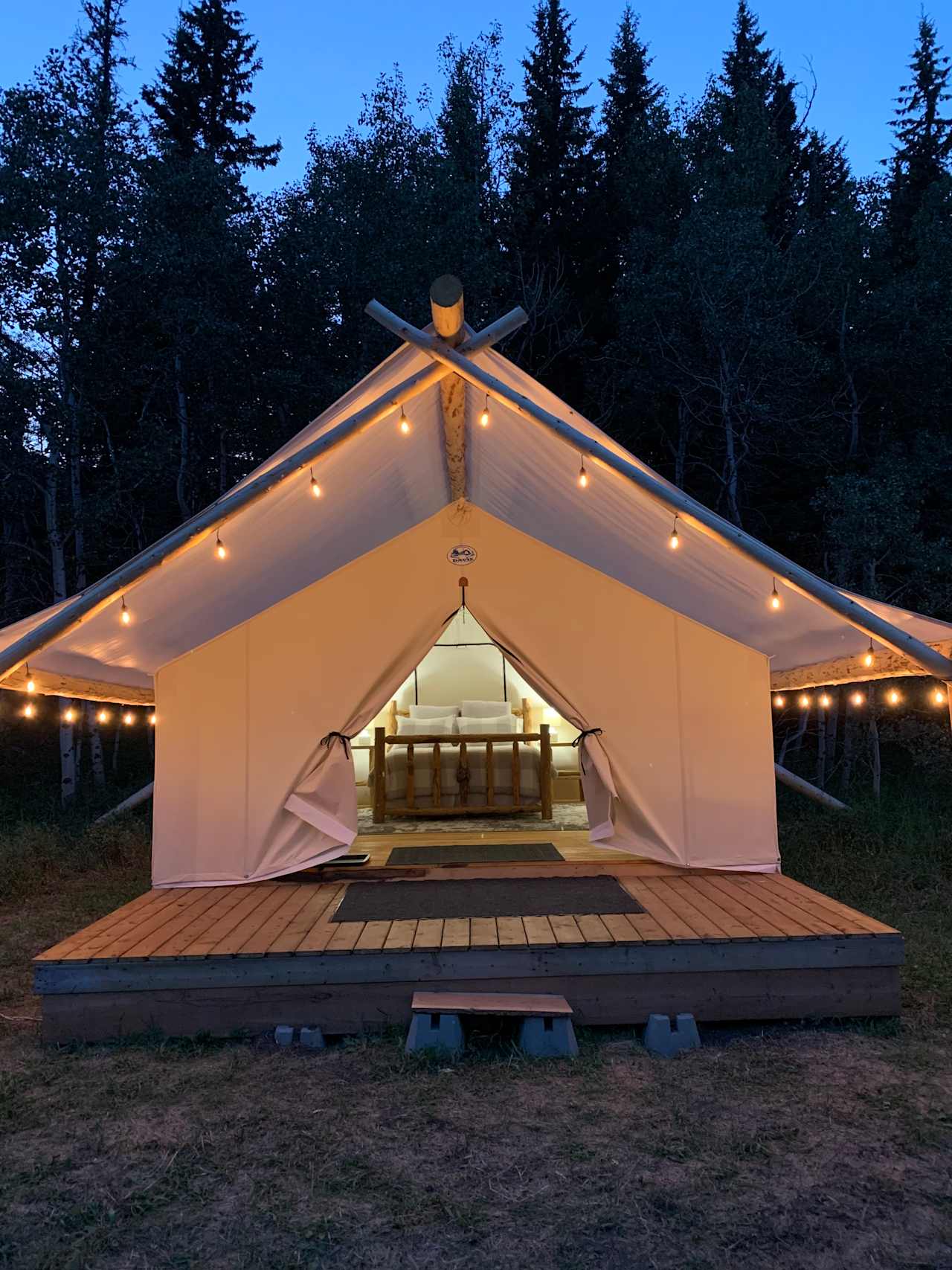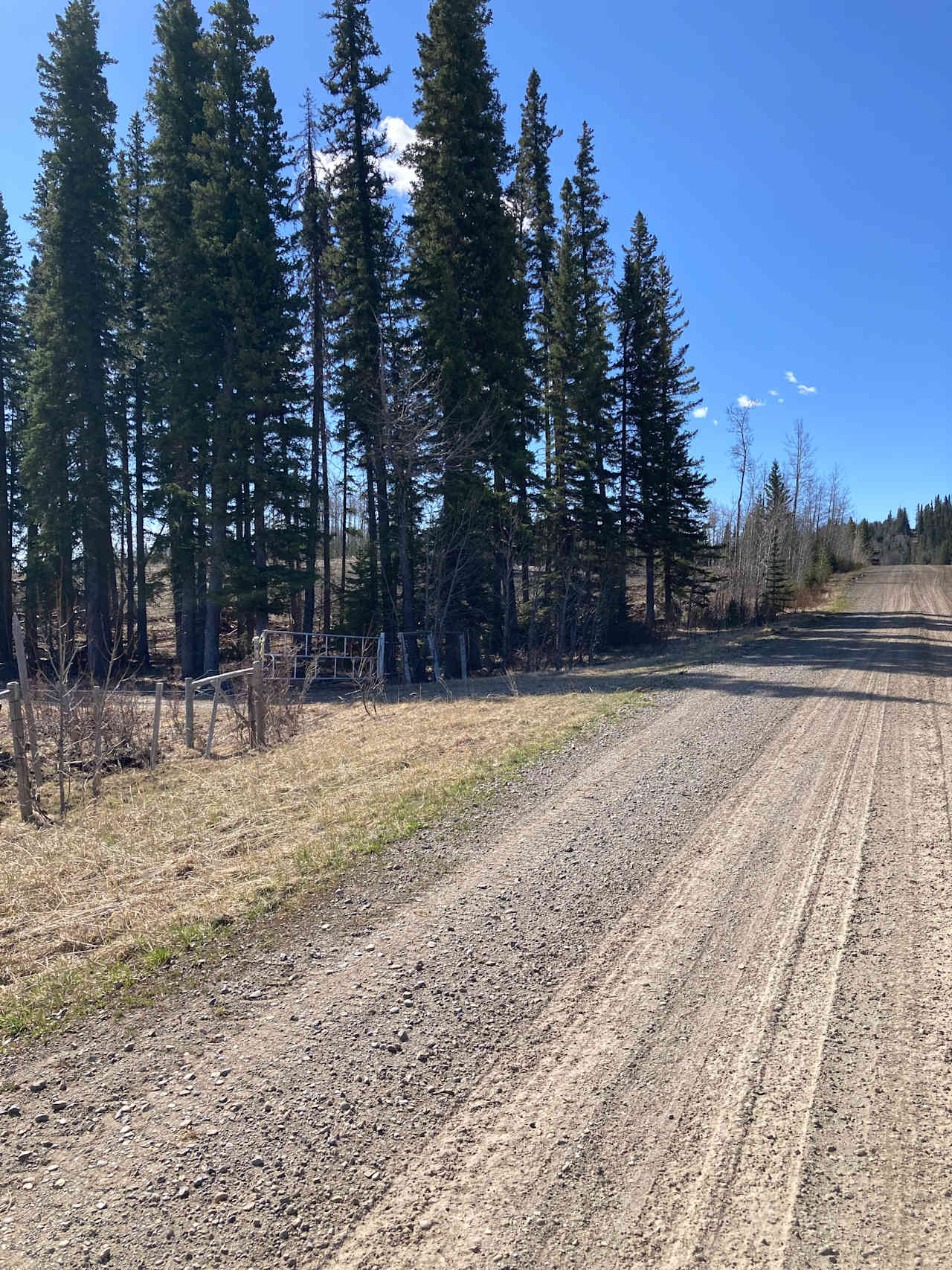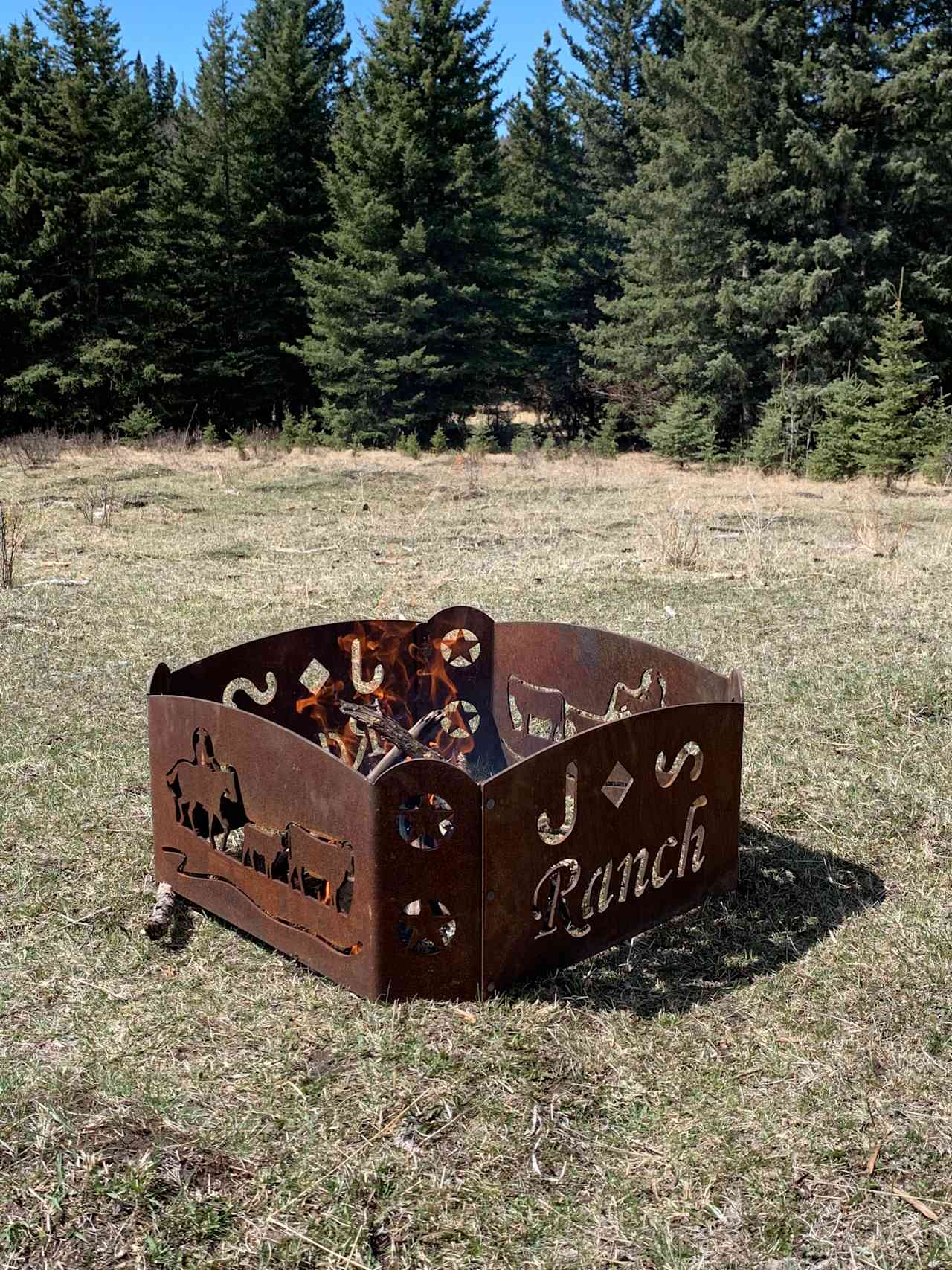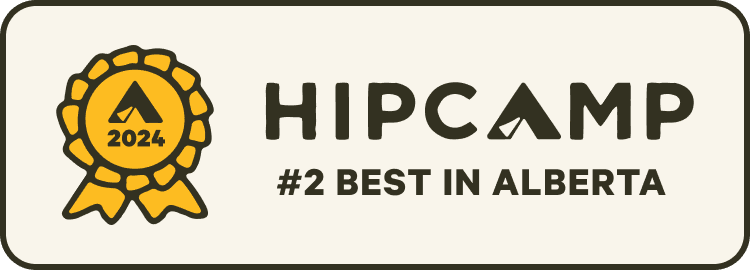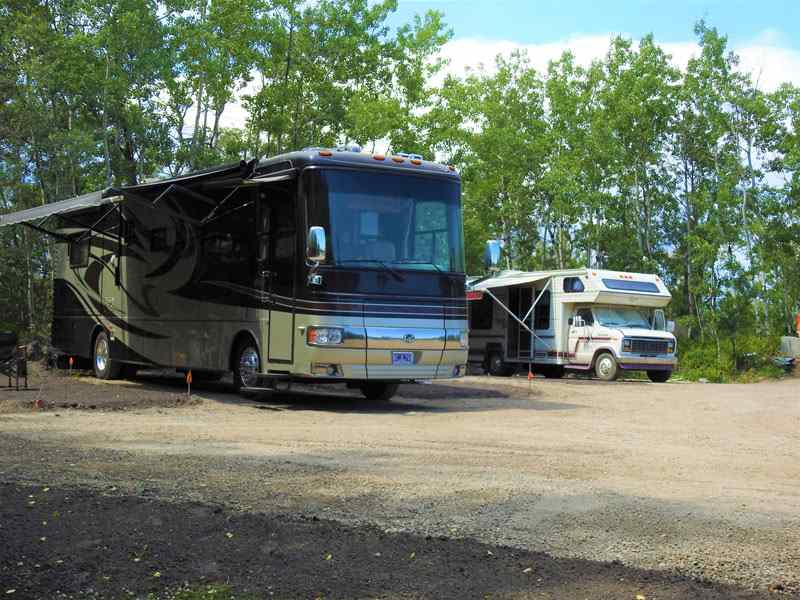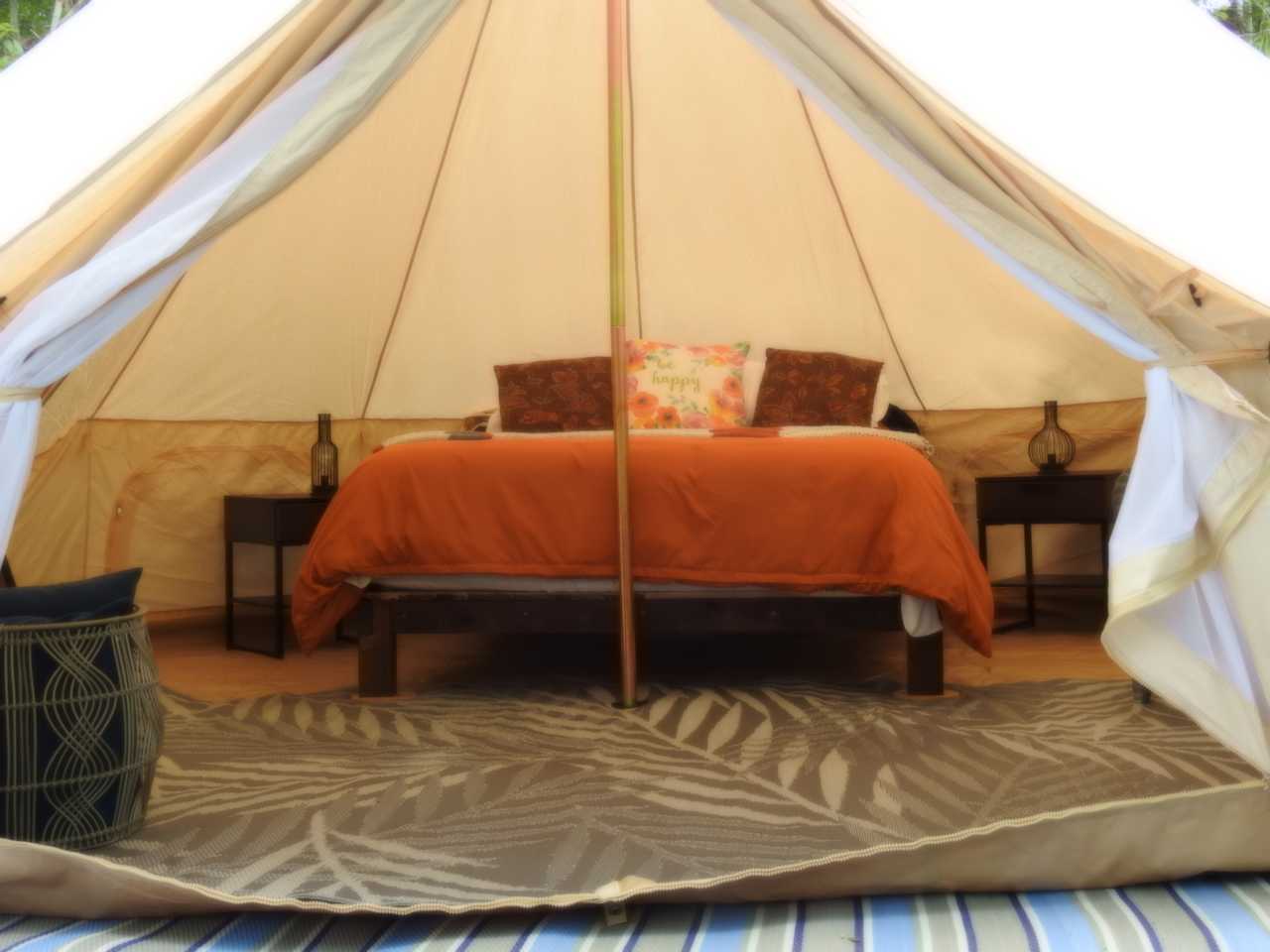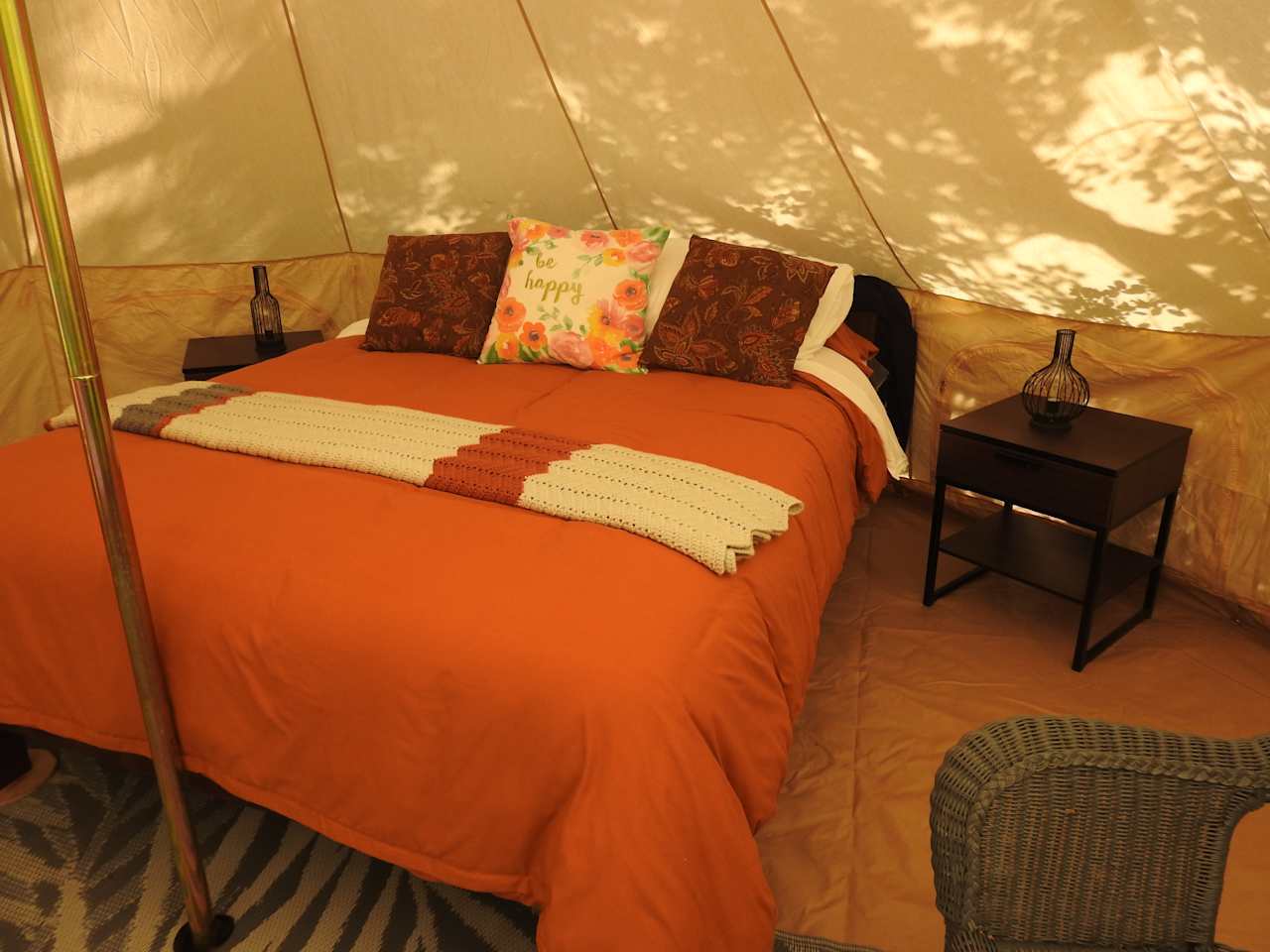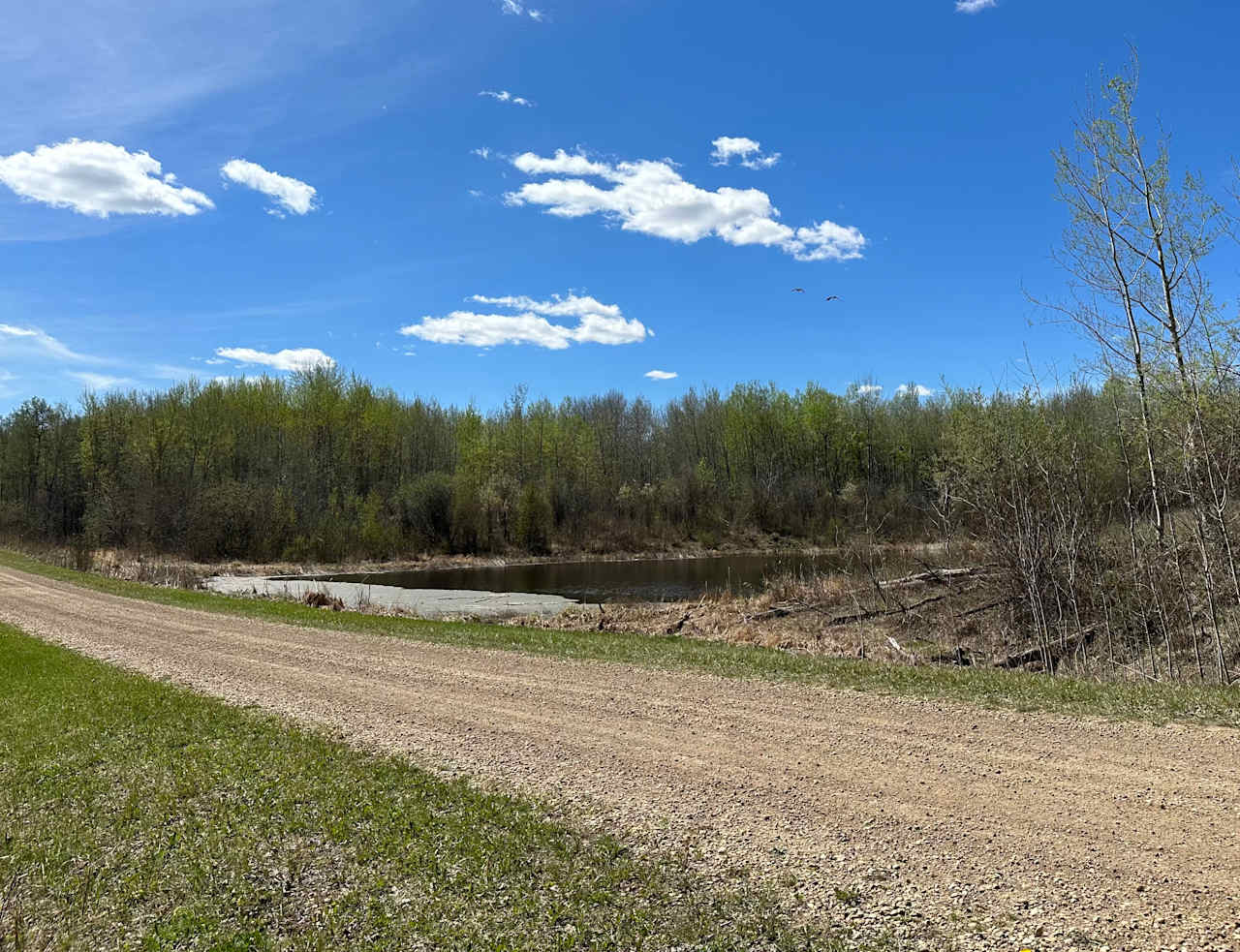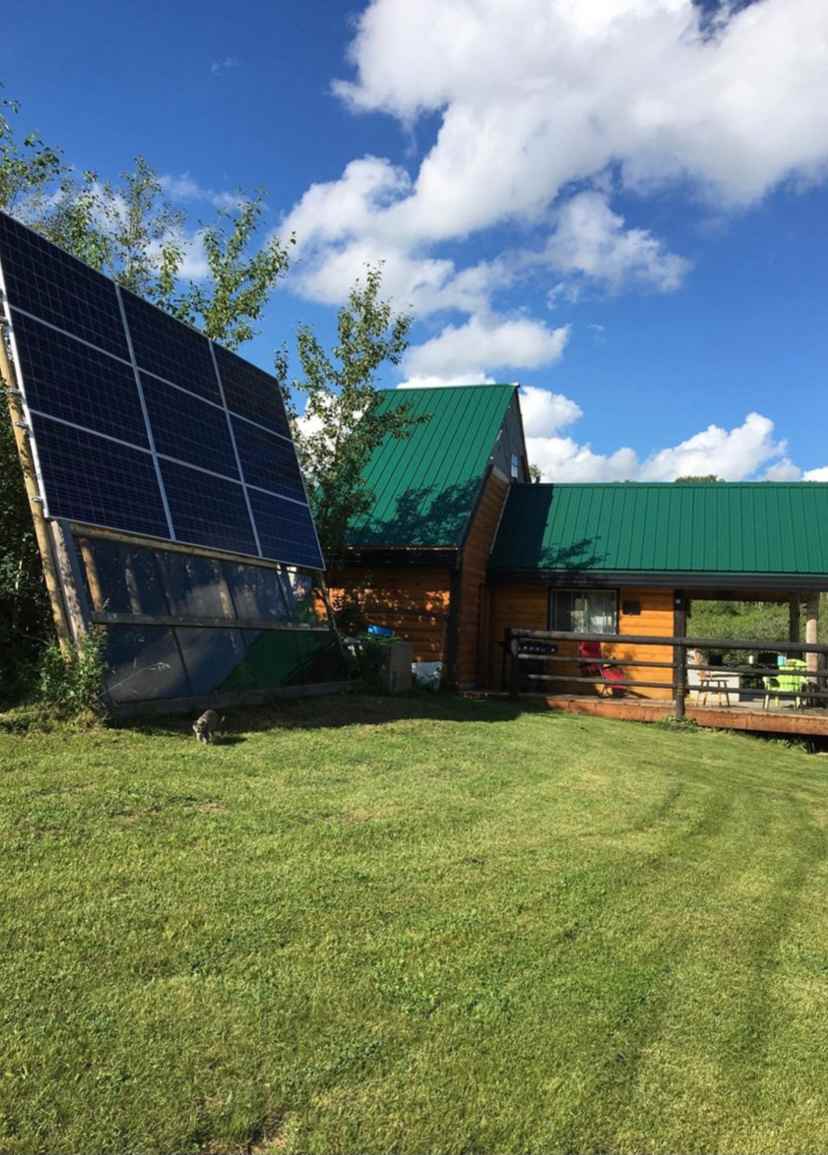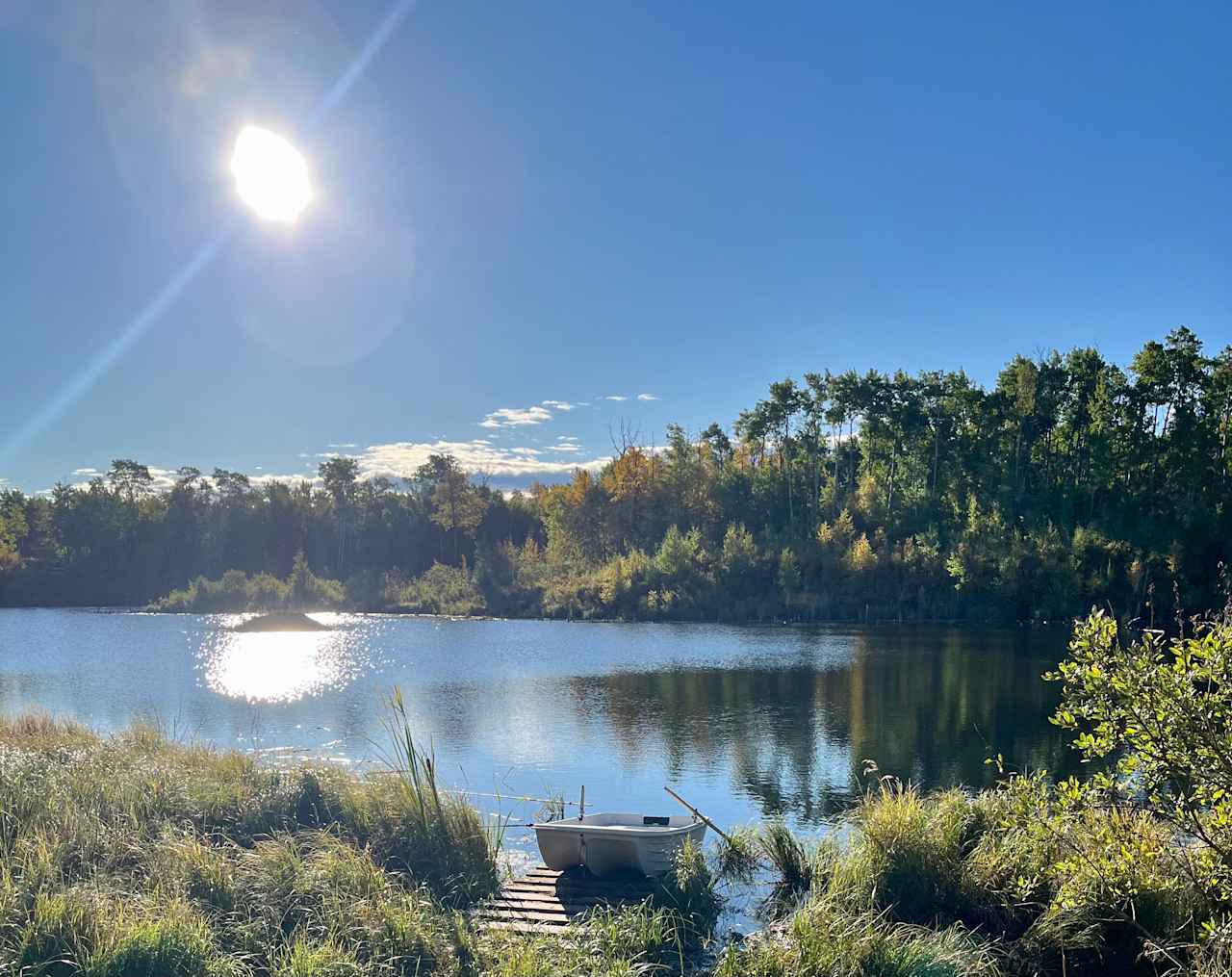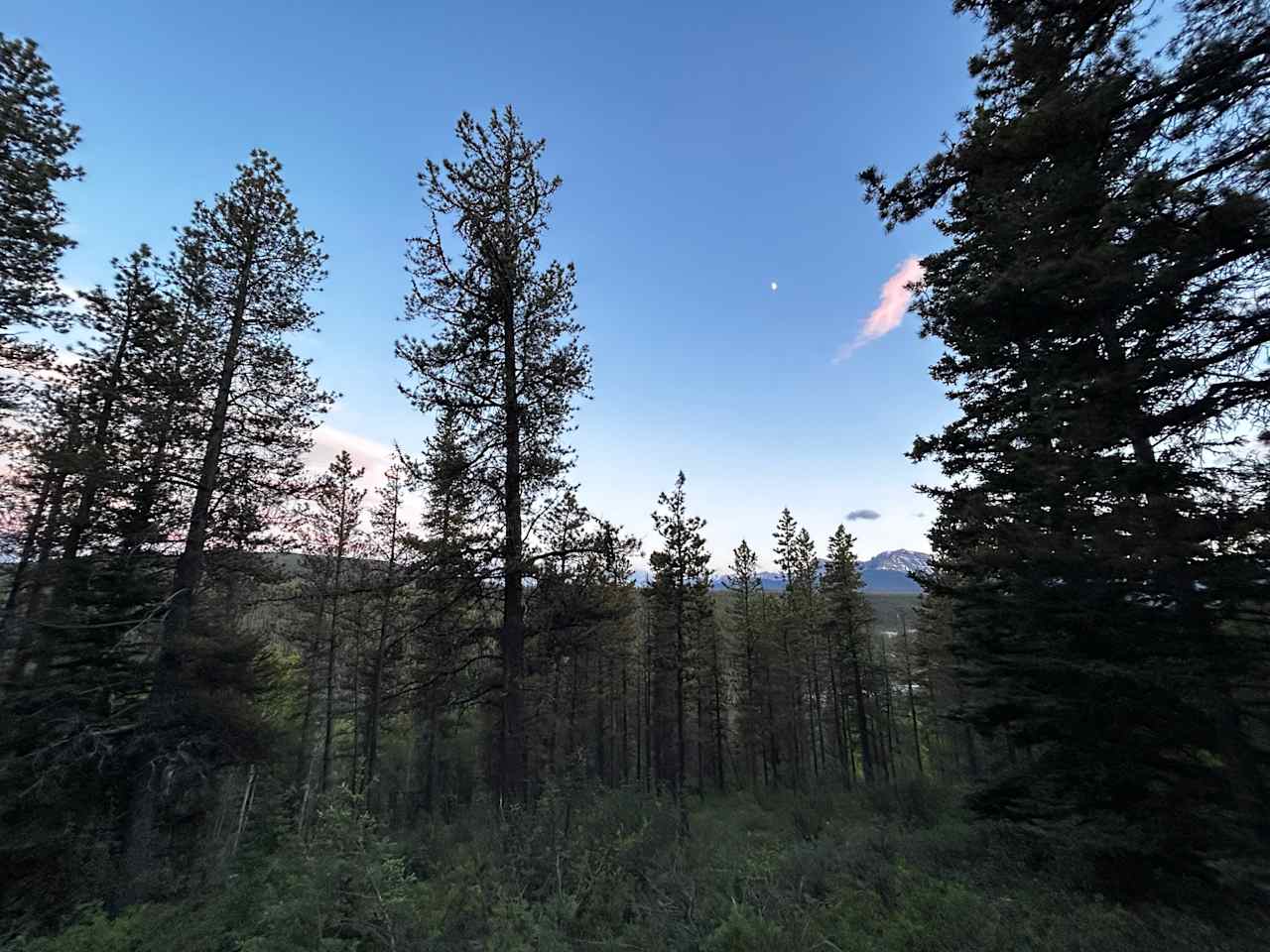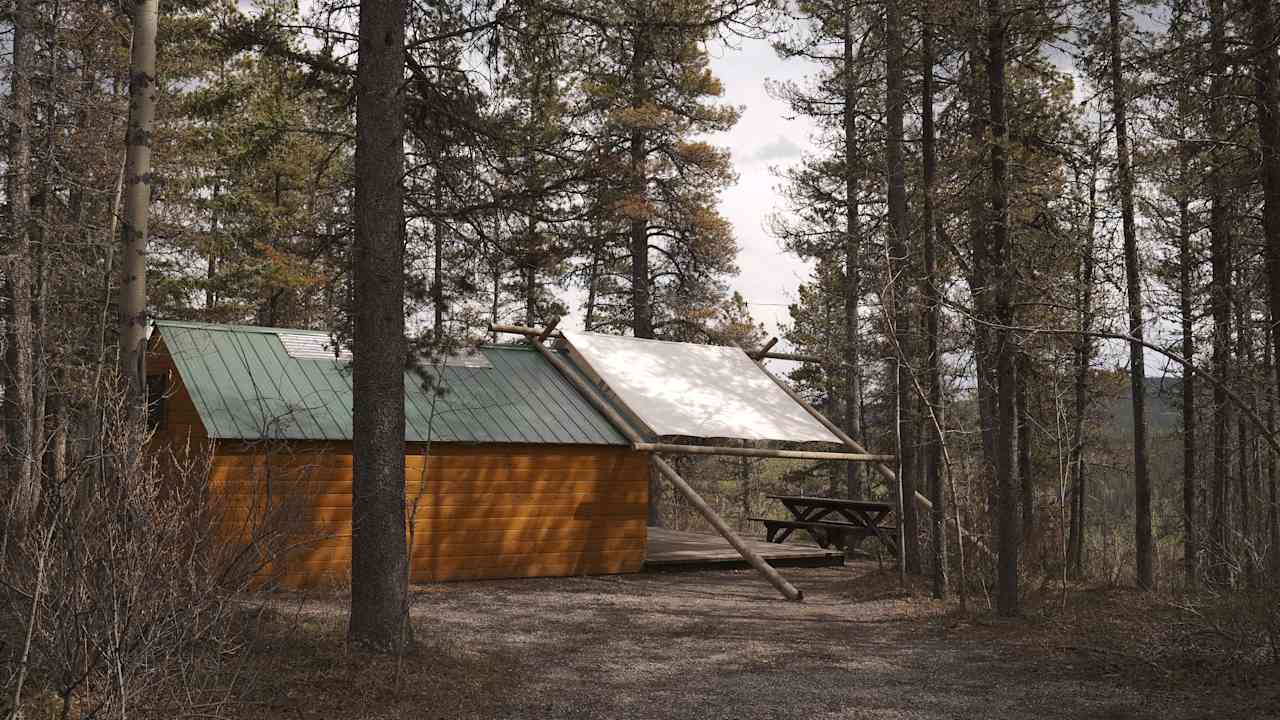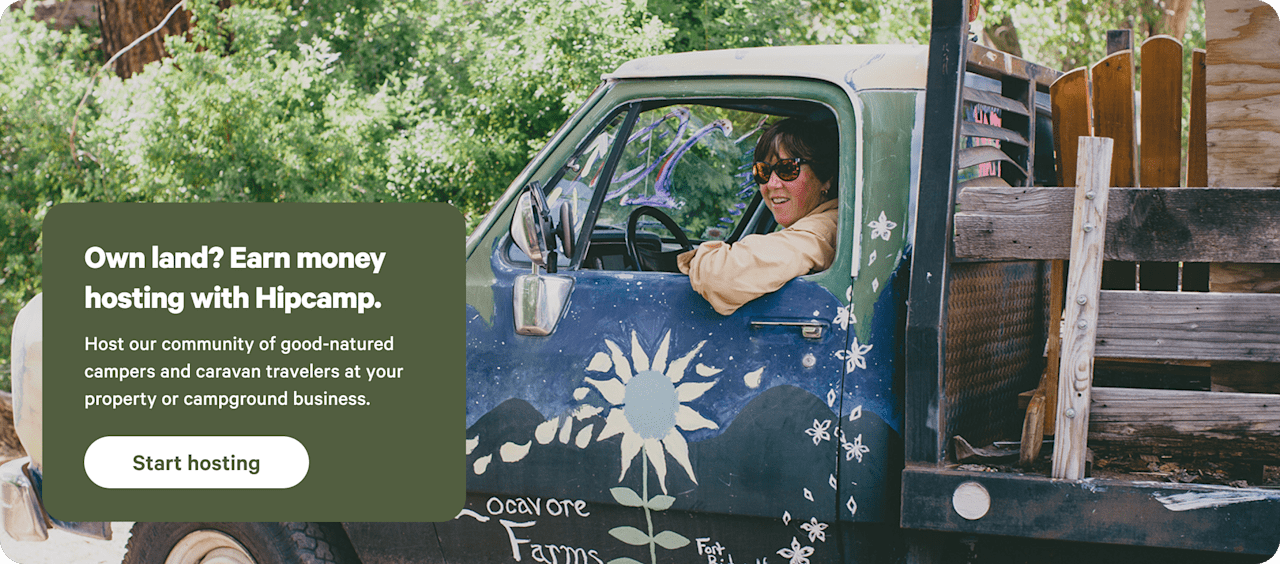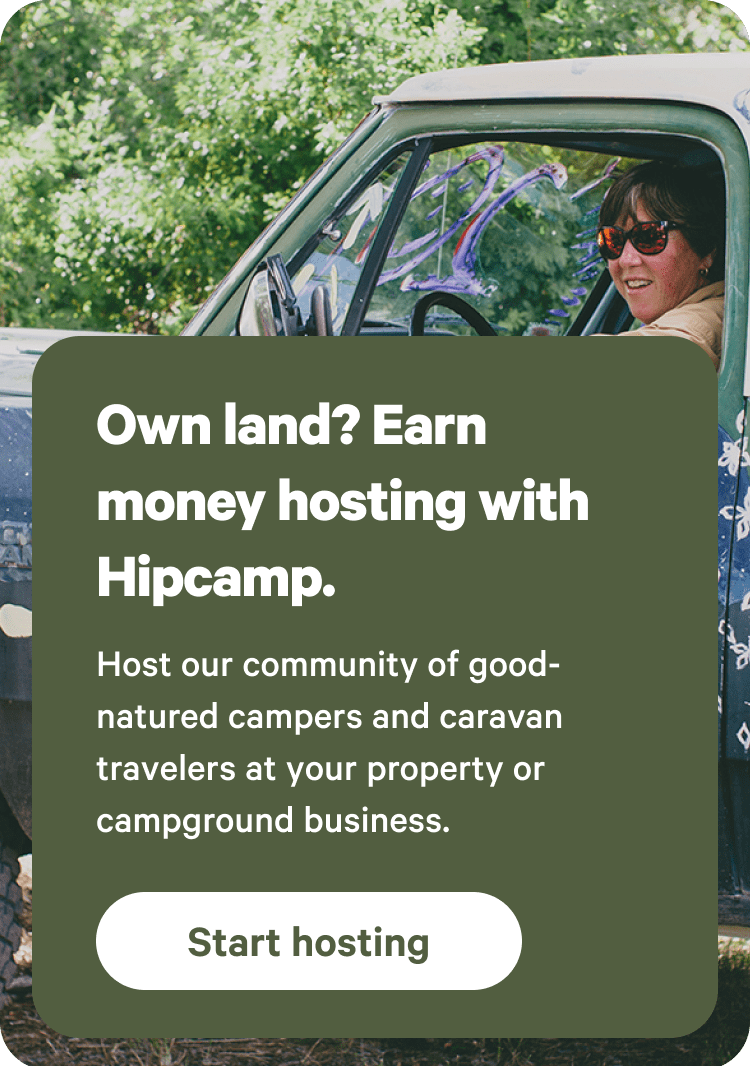The best camping, glamping, and outdoor stays in Alberta
The Canadian Rockies are a no-brainer, but Alberta also offers badlands, Indigenous history, and dinosaur fossils.
- Alberta
Popular camping styles for Alberta
Under $50
Available this weekend
12 top campgrounds in Alberta
Star Hosts in Alberta
Dog-friendly getaways
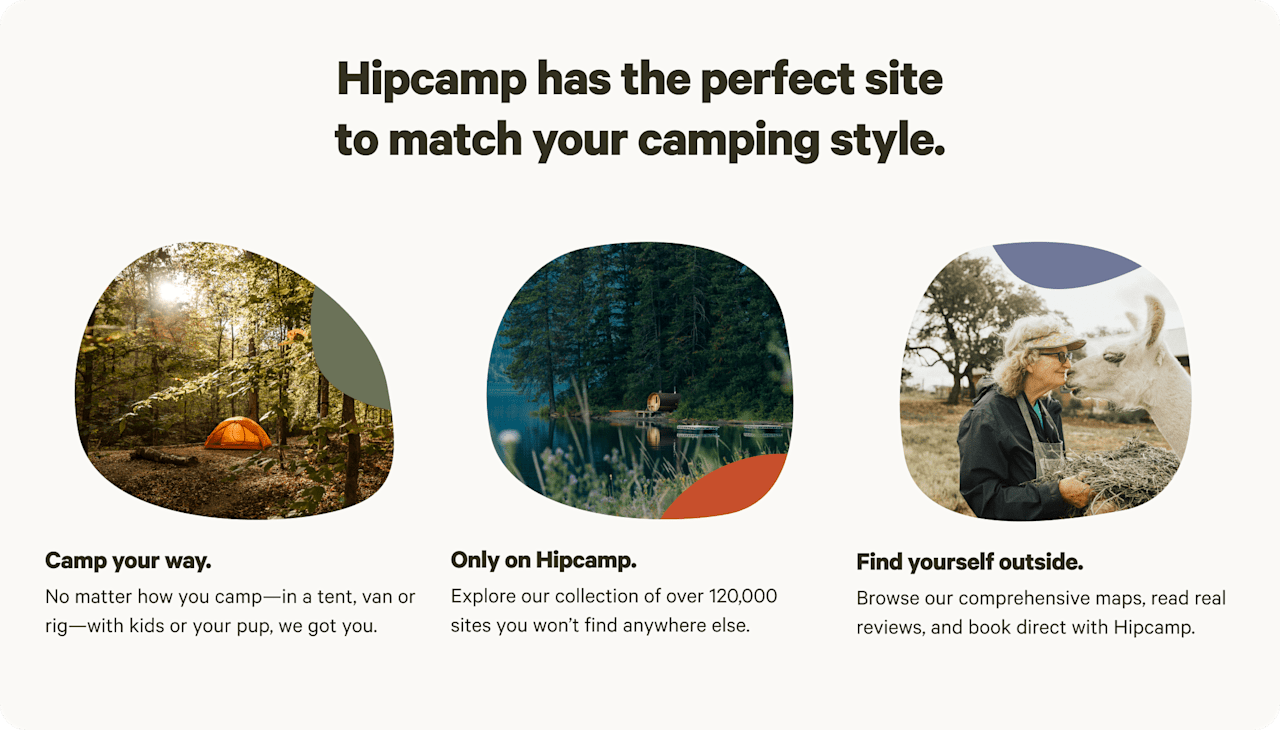

The best camping, glamping, and outdoor stays in Alberta guide
Overview
The glacier-topped peaks, aqua lakes, and scenic campgrounds of the Canadian Rockies draw most of Alberta’s visitors, who come to explore Banff and Jasper national parks. And beyond those parks, this western province is worth visiting to hike through the Canadian Badlands’ unusual rock formations; delve into the region’s indigenous heritage; road trip along the Cowboy Trail; or visit Dinosaur Provincial Park. Alberta’s largest cities are Calgary, a 90-minute drive from Banff, and Edmonton, four hours from Jasper.
Canadian Rockies
Alberta’s most popular region includes Banff and Jasper national parks, drawing visitors from around the world to Lake Louise, the Icefields Parkway, and other scenic spots. The town of Canmore, 20 minutes’ drive from Banff’s south entrance, is a good place to get supplies. Waterton Lakes National Park borders Montana’s Glacier National Park south of Calgary and across the border in the U.S.
Southern Alberta & the Canadian Badlands
The gateway to the Rockies, Calgary is also a short drive from the Canadian Badlands, where you can explore unusual hoodoos and rocky canyons. The region around Drumheller and Dinosaur Provincial Park, where Canada’s early dinosaurs were unearthed, has plenty to interest paleontology fans.
Central Alberta
The center of the province includes Alberta’s Cowboy Trail, where cattle ranches are still active and you can trace the area’s cowboy past. Visit Rocky Mountain House National Historic Site to learn about Alberta’s heritage as a fur trading hub, as well as its indigenous First Nations and Métis cultures.
Northern Alberta
Edmonton is the jumping-off point for both Jasper National Park and the province’s vast north, where remote Wood Buffalo National Park extends into the Northwest Territories. But you don’t have to go far to delve into the wild—just outside Edmonton, more than 1,000 bison roam the protected prairies of Elk Island National Park.

